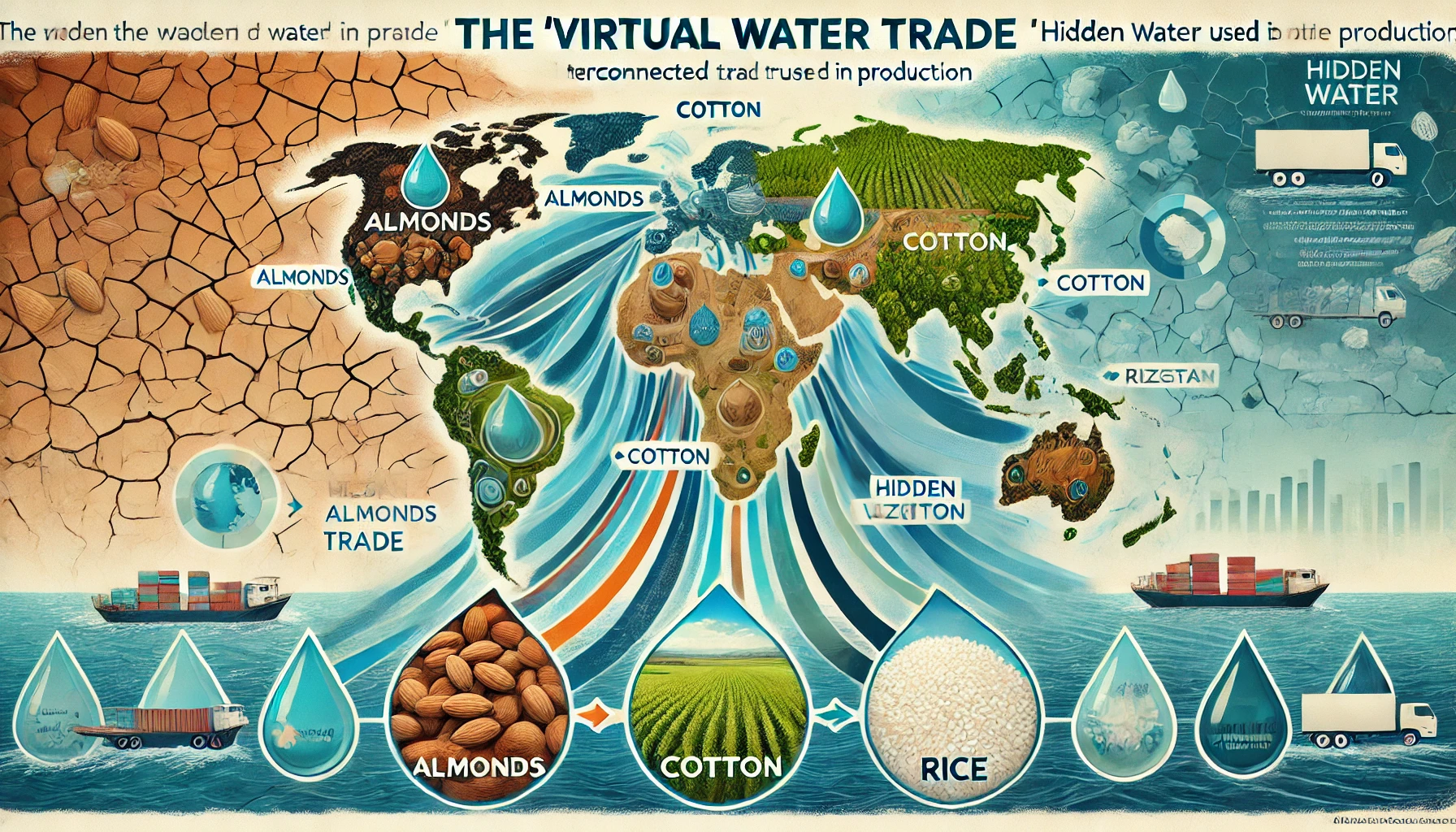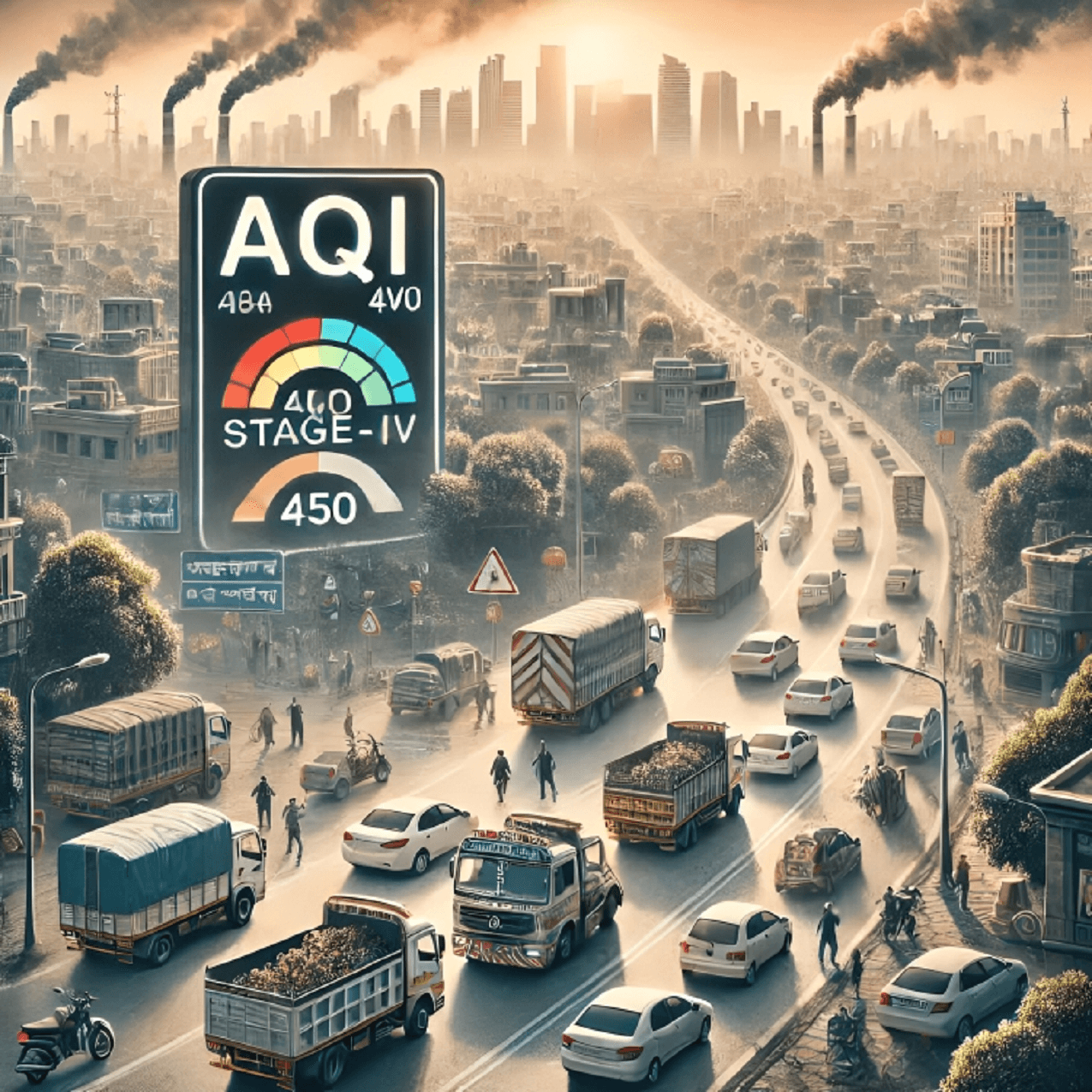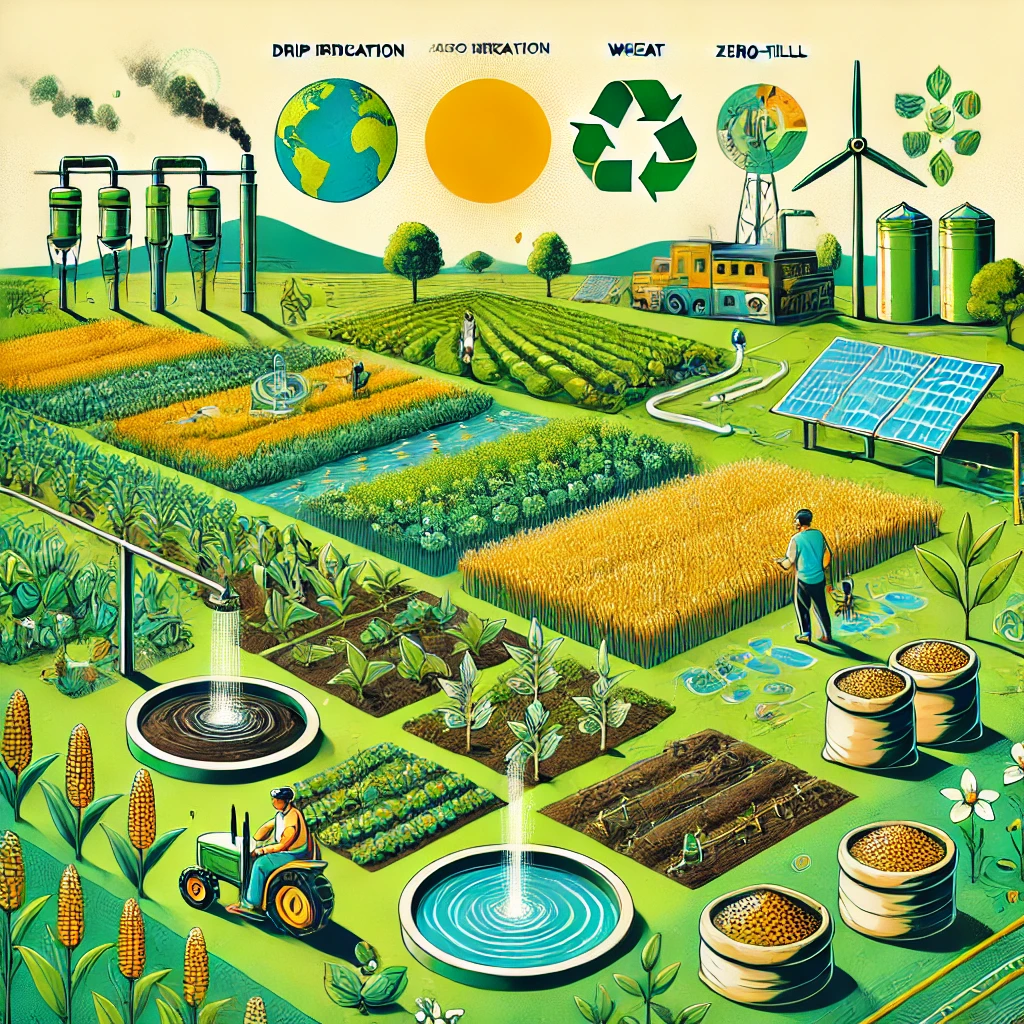Water, one of the planet’s most vital resources, is often consumed far beyond what we see. The concept of “virtual water trade” reveals the staggering amount of water embedded in the global exchange of goods and services. From almonds in California to cotton in Uzbekistan, billions of liters of water are effectively transferred across borders, shaping economies, ecosystems, and global trade dynamics.
However, this silent trade has a dual edge. While it can alleviate water stress by enabling water-abundant nations to supply goods to water-scarce regions, it can also exacerbate over-extraction, disrupt local ecosystems, and deepen inequalities. In the face of climate change, rising water scarcity, and shifting global trade patterns, understanding the impact of virtual water trade has never been more critical.
This article explores the invisible flow of water through trade, the economic and environmental consequences of mismanaging this resource, and the pressing need for sustainable practices in a warming world.
- Massive Water Volume in Trade
- 1.6 trillion cubic meters of water is traded globally every year—hidden in goods and services.
- Water Price Ignorance Worsens Depletion
- When water’s price doesn’t reflect its true value or scarcity, trade exacerbates over-extraction.
- The Almond Paradox
- It takes 12 liters of water to grow just one almond.
- 80% of almonds grown in drought-stricken California are exported—doubling during severe droughts and land subsidence.
- Uzbekistan’s Cotton Catastrophe
- Cotton production in Uzbekistan is a leading cause of the Aral Sea’s depletion, one of history’s worst ecological disasters.
- Global Trade’s Dual Role
- While trade intensifies water overuse in arid regions, it can save approximately 300 cubic kilometers of water annually, about 5% of global agricultural blue water use (Fader et al., 2011).
- Trade enables water-abundant nations to produce water-intensive goods, easing pressure on water-scarce regions.
- Climate Change Threatens Virtual Water Trade
- Rising temperatures and water storage imbalances are poised to disrupt global trade by increasing the costs of producing water-intensive goods.
- This drives up global prices for crops, leading to a decline in agricultural commodity trade volumes and broader economic consequences.
- Protectionism Worsens the Crisis
- Export restrictions on staples like rice and wheat, prompted by rising prices, trigger uniform GDP declines globally.
- Upper-middle-income countries face the brunt of altered trade patterns, while protectionism leaves all nations worse off.
- Shifting Comparative Advantages
- Deteriorating hydrological conditions reshape countries’ natural advantages, changing efficiency levels, trade dynamics, and government interventions.
- Wealthier nations may shift toward imports, while poorer, agriculture-dependent countries face negative, though less disproportionate, impacts.
The virtual water trade reveals hidden costs and benefits of global trade, but climate change, rising water scarcity, and misguided policies threaten to destabilize these delicate dynamics—putting economies and ecosystems at greater risk.
Source of facts: economics-of-water.pdf



